|
Getting your Trinity Audio player ready...
|
VIDEO.
Recommendation
Receive an update on electric bicycle use on City trails and provide comments for consideration.
Background
When electric bicycles (e-bikes) were introduced, most municipal and parks agencies categorized them as motorized vehicles and prohibited them on trails along with traditional motorized vehicles and devices like scooters and motorcycles.
In recent years, e-bike advocates have worked with manufacturers and land managers to improve relations and general acceptance of e-bikes. The American e-bike manufacturers led a successful effort to create three categories of e-bikes, including electric mountain bikes (eMTBs).
This classification system was accepted by all manufacturers and has been adopted by 22 states, including California in 2016, when this classification system was incorporated into the California Vehicle Code (CVC).
This classification system places strict requirements on e-bike design and capabilities along with a distinction between an electric bicycle and motorized bicycles/mopeds. These new laws prompted many local agencies to revisit and revise their policies for e-bike use on bike paths and trails, as they are no longer categorized as motorized vehicles.
The topic was briefly discussed at the November 8, 2018 Bicycle and Pedestrian Advisory Committee. Since that time, staff has further researched how other agencies have addressed the use of e-bikes as its popularity has increased.
Discussion
In 2016, the State of California adopted a new classification system that no longer categorizes e-bikes as a motorized device. Given this change, and the recognition that e-bikes appeal to a growing demographic with physical limitations and represent an opportunity to reduce emissions along bicycle commute routes, many agencies are reviewing their policies.
E-Bike Description
Section 312.5 of the California Vehicle Code (CVC) defines an e-bike as having fully operable
pedals and an electric motor of less than 750 watts. American e-bike manufacturers created a
classification system that designates three categories of e-bikes: class 1, class 2, and class 3. This classification system and model legislation has been adopted by 22 states, including California (see Attachment 1).
Below are descriptions for each class of e-bike.
– Class 1 electric bicycle: a “low speed pedal-assisted bicycle” with an electric motor that
provides assistance only when the rider is pedaling, up to 20 mph.
– Class 2 electric bicycle: a “low speed throttle-assisted bicycle” that may be propelled
exclusively with an electric motor (without pedaling) up to 20 mph.
– Class 3 electric bicycle: a “speed pedal-assisted electric bicycle” with an electric motor
that provides assistance only when the rider is pedaling, up to 28 mph.
CVC section 21207.5 (b) prohibits the use of class 3 e-bikes on recreational trails and paths unless the public agency with jurisdiction chooses to permit them and provides that a public agency may prohibit class 1 and 2 e-bikes on trails within the agency’s jurisdiction.
Electric Mountain Bike (eMTB) Description
Many bicycle manufacturers make e-bikes, but not all make electric mountain bikes or the eMTB version. An eMTB is functionally different from an e-bike (which is intended primarily for use on paved or improved surfaces) in that an eMTB is designed for the rigors of trail use. Typically outfitted with mountain-bike-specific technology, such as disc brakes, suspension, and a wide gear range, eMTBs like all e-bikes are electric-powered (not gas-powered), quiet, and emissions free. Most eMTBs from major manufacturers are also categorized as class 1 electric bikes.
Currently, the City’s municipal code (Chapter 10.48, adopted in 1983) prohibits the use of all
“vehicles” off of public highways and streets. It further defines vehicles to include motor vehicles, motorcycles, minibikes, dirt bikes, dune buggies, and any motor-driven cycle or vehicle.
Next Steps
Since the City’s adoption of municipal code chapter 10.48, there has been major changes in
technology and transit options creating a new market that is becoming more affordable as it
evolves. E-bike usage is increasing and becoming more attractive option for commute as well as recreational use. E-bikes popularity is evident with the State’s reclassification of moving it out of the motorized vehicle categories. As such, an argument could be made that the e-bikes are currently allowed on the City’s multi-use trails, including the coastal trail. After receiving feedback and comments from this committee, staff will work on updating the code to reflect current state regulations and present to the City Council for discussion.
Attachments
1. California’s E-Bike Law


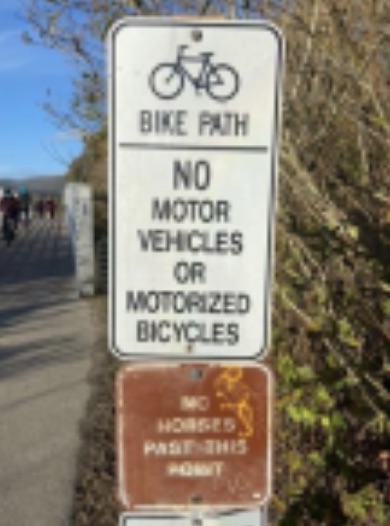
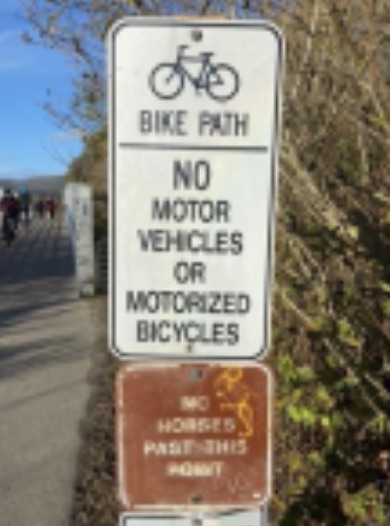
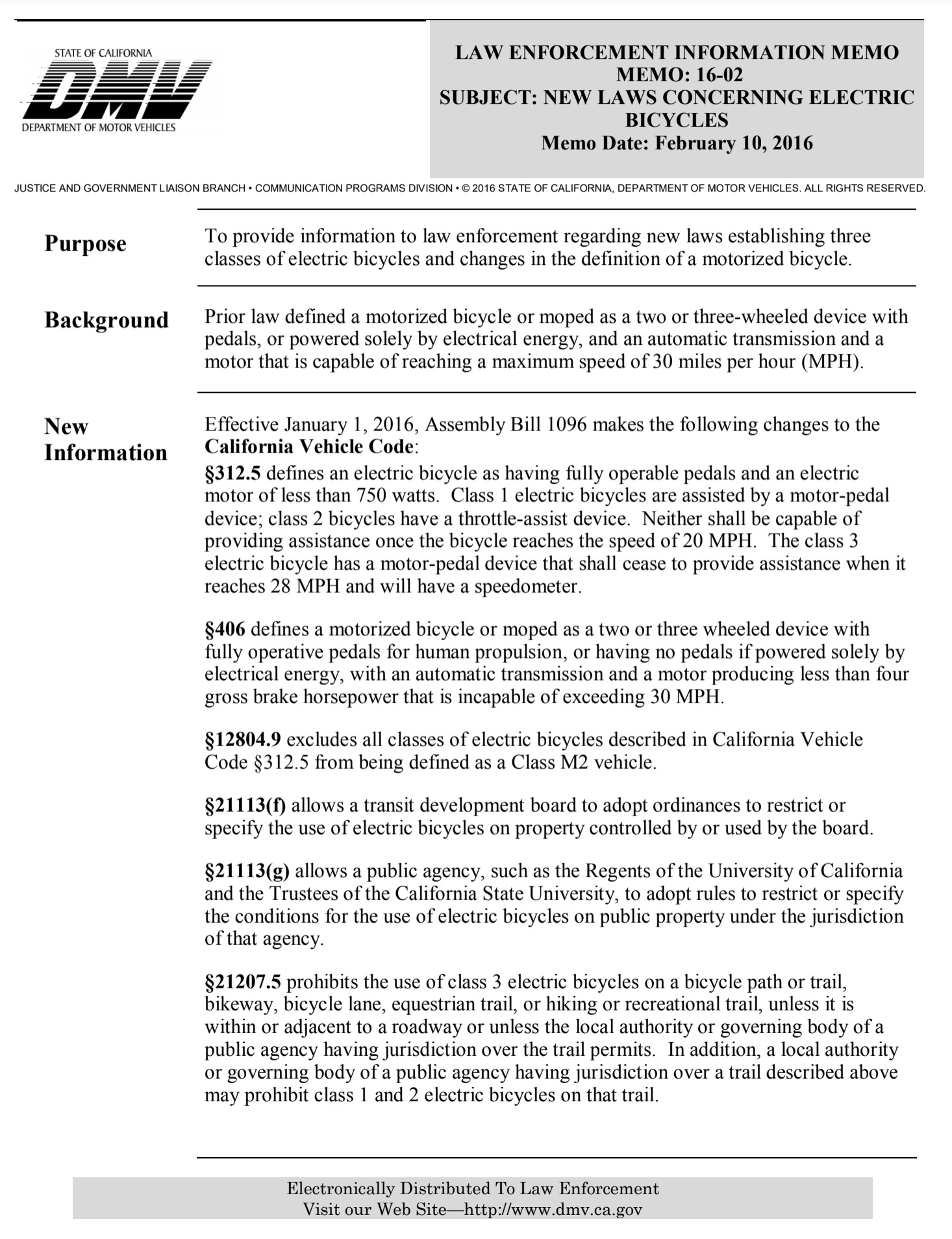
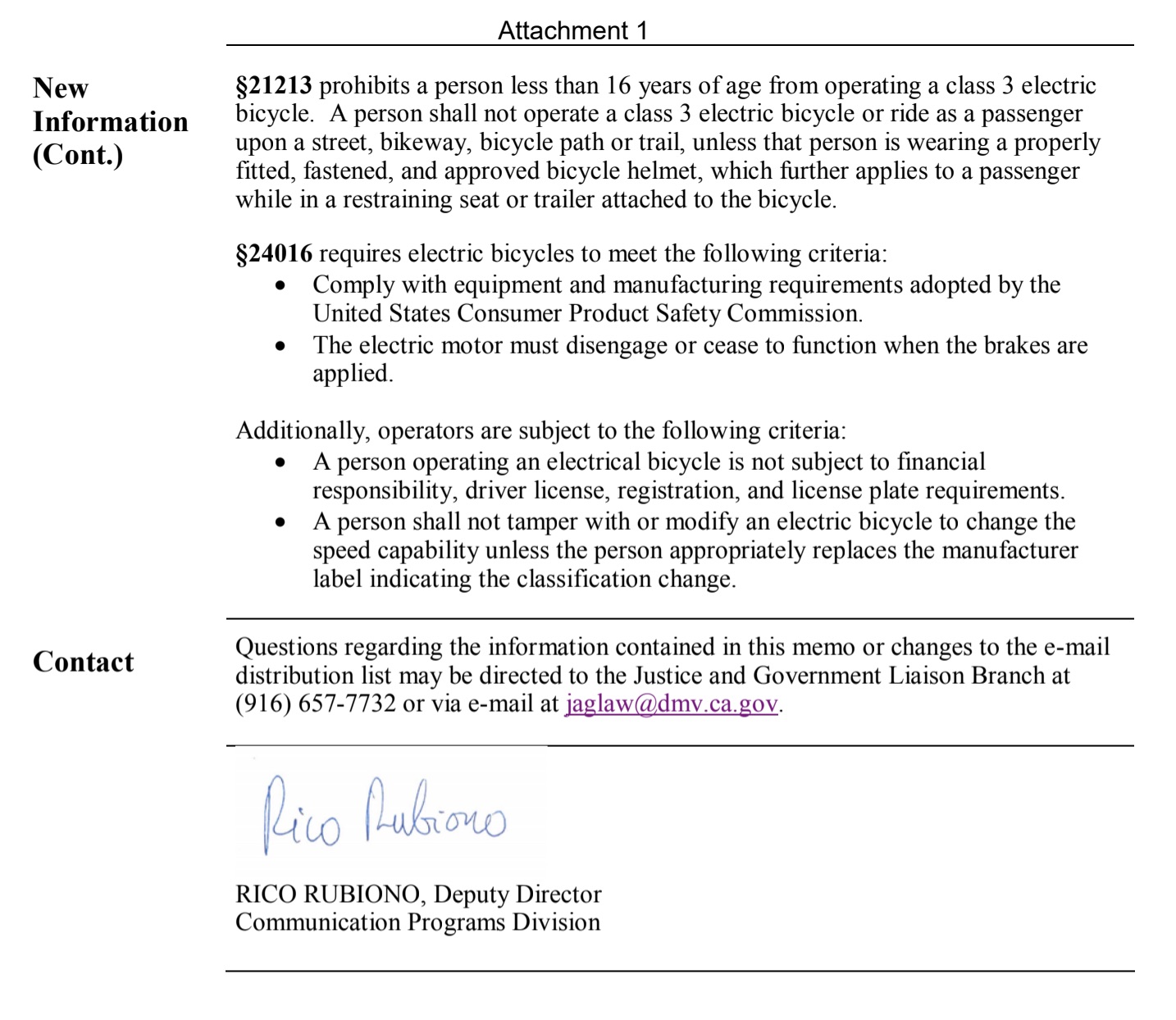
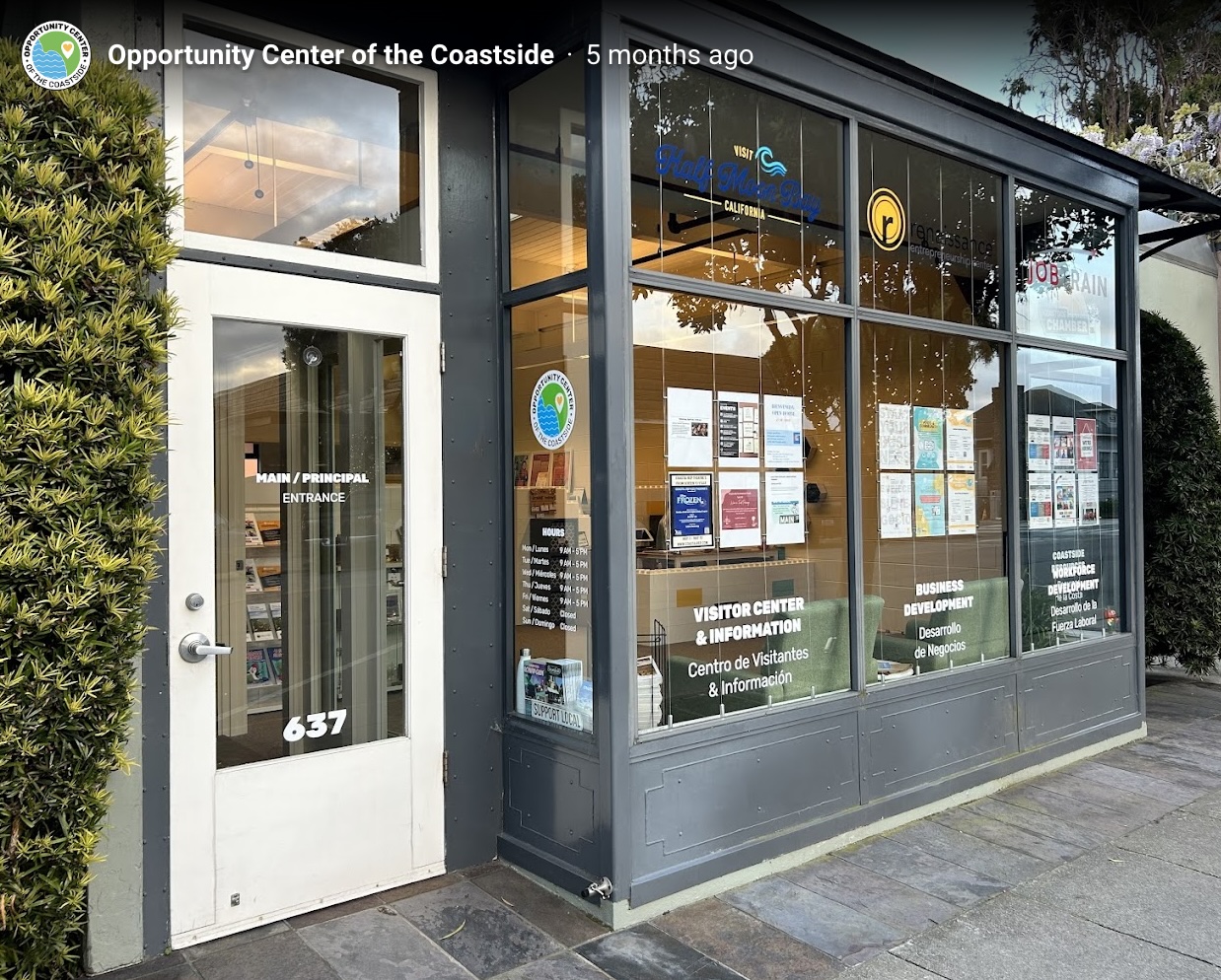


We got them and ride on the trail – they are fantastic and allow us to compensate for different abilities so that we can enjoy riding together and not worry about the hills on the way back. They are very appropriate for the trail as long as you follow guidelines.